13 Plants You Can Still Grow in November (Even in Cold Weather)
As the temperatures drop and the growing season winds down, many gardeners wonder what they can still plant for a late-season harvest. Thankfully, several cold-hardy vegetables, herbs, and flowers thrive in cooler weather, allowing you to continue growing fresh produce and vibrant blooms well into the colder months. From leafy greens to root vegetables and winter flowers, there are plenty of options to keep your garden productive even in November. Whether you’re looking for nutritious greens or colorful flowers, these hardy plants will ensure your garden remains lively through the chillier seasons.
This post may contain affiliate links, which helps keep this content free. Please read our disclosure for more info.
Kale

Kale is one of the hardiest leafy greens you can grow and thrives even as temperatures dip. This vegetable is ideal for late-season harvests, as it can withstand light frosts and even snow, making it perfect for November planting. In fact, a frost can improve kale’s flavor, making it sweeter by breaking down the plant’s starches into sugars. With minimal care, you can enjoy fresh kale throughout the winter months.
To grow kale successfully in cold weather, ensure it’s planted in well-drained, fertile soil. Kale does best with a bit of sunlight, but it can still thrive in partial shade, which is often the case in late autumn. While kale can tolerate cold weather, it benefits from some protection in extreme conditions, so consider using row covers or cold frames. This will protect your plants from harsher frosts while still allowing them to grow and mature. Kale is a nutritional powerhouse, packed with vitamins A, C, and K, as well as calcium and fiber, making it a great addition to your winter harvest.
Spinach
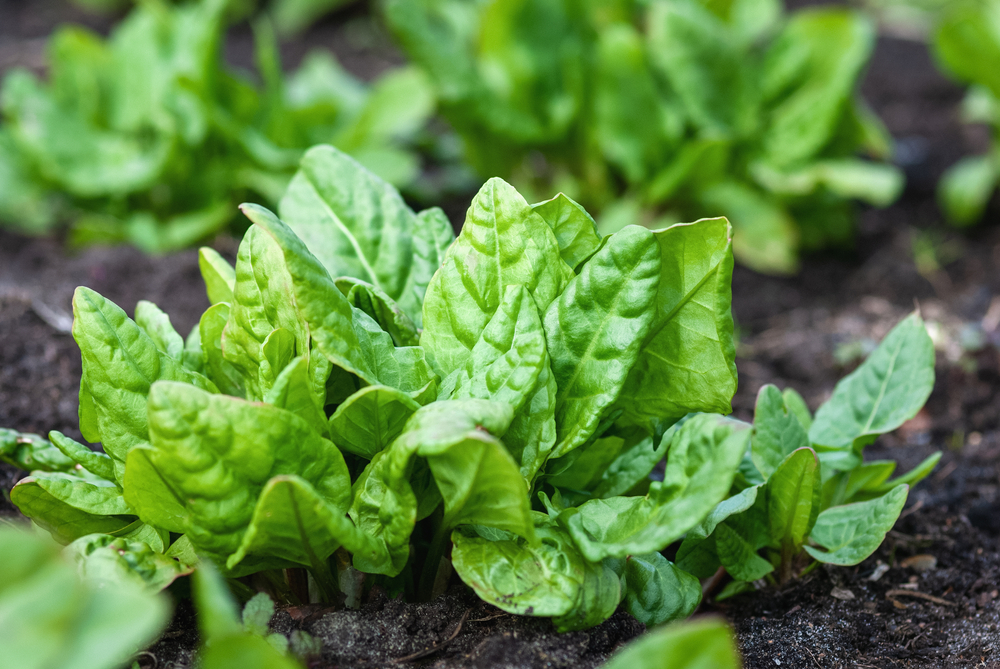
Spinach is another excellent vegetable to grow in November, especially since it is particularly tolerant of cooler temperatures. As a cold-hardy green, spinach can survive light frosts and continues to grow slowly during the fall and winter. In fact, spinach tends to have a richer, more robust flavor when grown in the cool temperatures of late fall. To keep spinach producing throughout the season, you can protect it from frost with row covers or cloches.
Plant spinach in rich, well-drained soil with a slightly acidic pH, and it will flourish in temperatures as low as 20°F (-6°C). With its relatively quick growth cycle, spinach is perfect for planting in November for a late-season harvest. Rich in iron, folate, and vitamins A and C, spinach is an incredibly healthy green that can be harvested continuously once the leaves are large enough. As a bonus, spinach can be harvested multiple times throughout the winter by simply picking off the outer leaves, allowing the plant to continue growing.
Lettuce
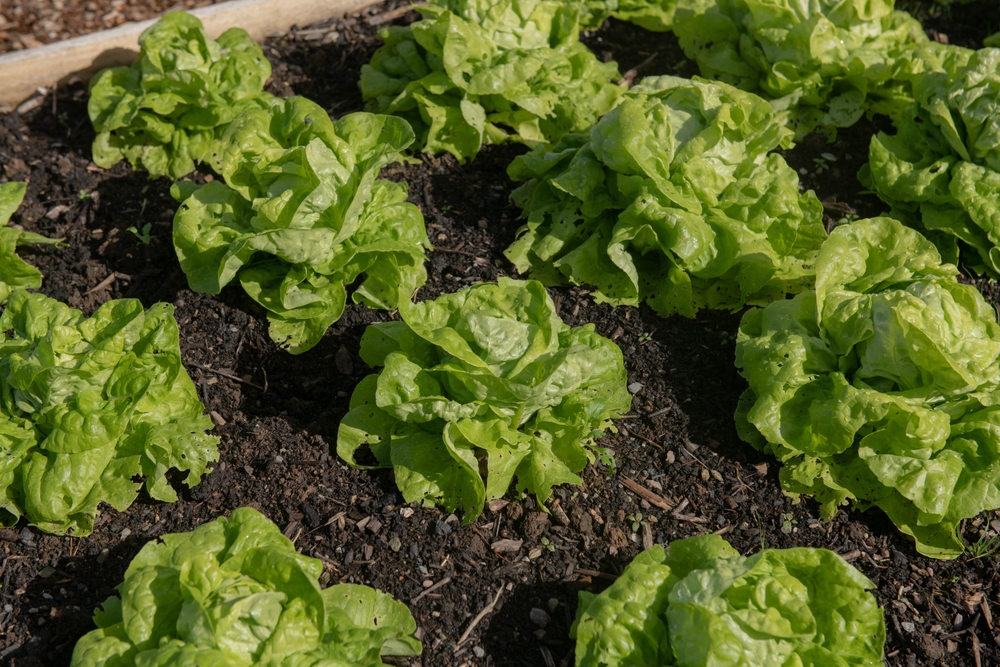
Lettuce, especially varieties like butterhead, romaine, and leaf lettuce, is an ideal vegetable for cool-weather gardening. Lettuce grows best in temperatures between 45°F (7°C) and 65°F (18°C), so it thrives in the milder, cooler temperatures of November. While lettuce is more sensitive to frost than other greens like kale and spinach, it can still handle light frosts, and there are frost-resistant varieties that perform better in colder months. Row covers or cold frames can help protect lettuce from frost and allow you to continue harvesting throughout the fall and early winter months.
Lettuce prefers well-drained, loamy soil with plenty of organic matter. Even in colder weather, it will continue to grow slowly, producing tender, sweet leaves. Planting lettuce in the late fall for a winter harvest means you’ll have fresh greens to enjoy in soups, salads, and sandwiches when other vegetables are harder to come by. Lettuce is a source of antioxidants and is low in calories, making it a nutritious and refreshing choice during the colder months.
Arugula
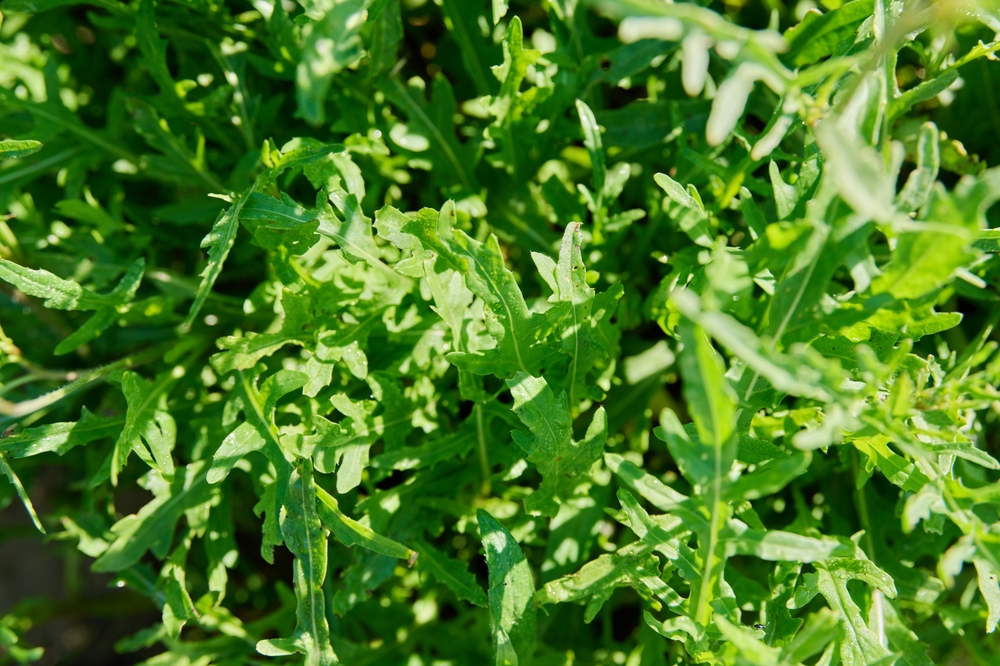
Arugula, with its peppery flavor, is another fantastic choice for growing in November. It tolerates cold weather and can continue producing in temperatures as low as 40°F (4°C). Arugula grows quickly and can be harvested within 30 to 40 days of planting, making it an ideal choice for late fall planting. A mild frost can actually enhance the flavor, making arugula slightly sweeter while still retaining its characteristic spice.
Plant arugula in rich, well-drained soil and provide it with at least a few hours of sunlight each day. As a fast-growing green, arugula thrives in cool weather and, with a little protection, can be harvested well into winter. Its leaves are packed with vitamins A, C, and K, making it a nutritious addition to any salad or sandwich. By planting it in November and covering it during particularly cold spells, you can enjoy a steady supply of fresh arugula throughout the winter.
Carrots
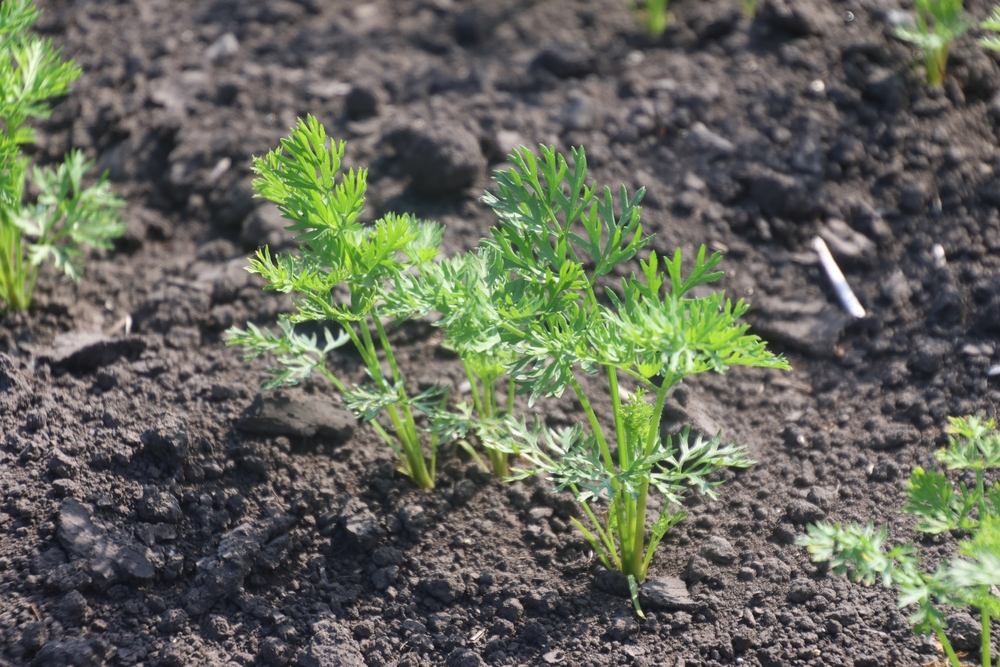
Carrots are surprisingly cold-hardy, making them perfect for planting in late fall. While they require a longer growing season than many leafy greens, carrots can survive light frosts and will continue to develop in the cooler temperatures of November. As long as the soil is not frozen, carrots will continue to grow slowly, allowing you to harvest them throughout the winter months. Root vegetables like carrots also tend to develop a sweeter taste after exposure to frost, as the cold causes them to convert starches into sugars.
Carrots grow best in well-drained, loose soil that allows their roots to expand freely. When growing carrots in November, it’s important to plant them in deep soil to prevent stunting their growth. If you live in a particularly cold region, you can cover your carrot crops with a row cover or mulch to protect them from freezing temperatures. Carrots are rich in beta-carotene, fiber, and vitamin A, making them a healthy, sweet treat for your winter harvest.
Radishes
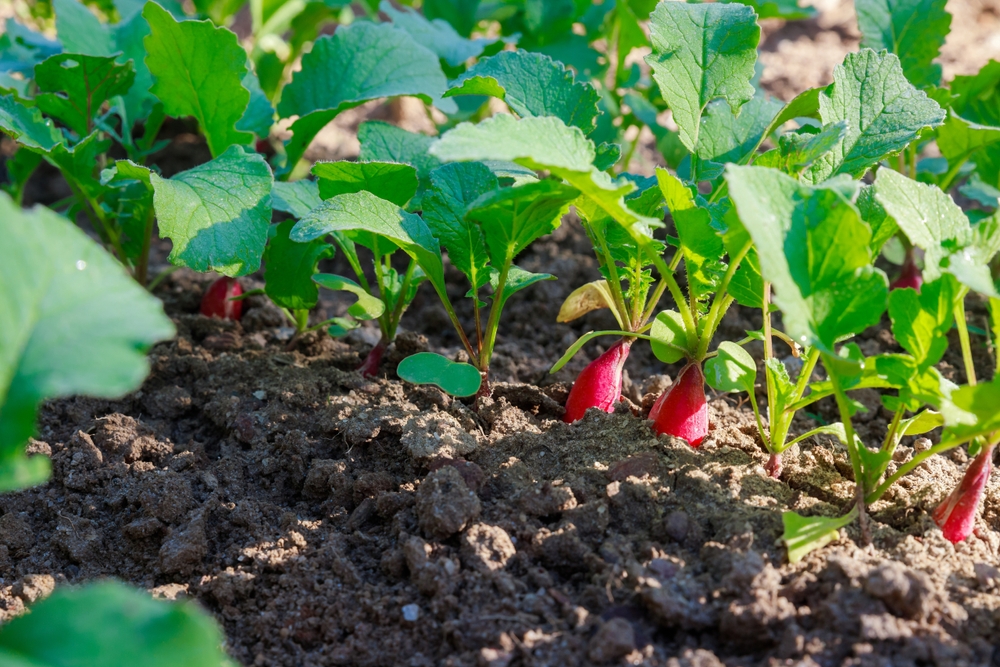
Radishes are one of the quickest-growing root vegetables, and they can be planted in late fall for a November harvest. They grow well in cool weather, and a light frost will only enhance their flavor, making them milder and slightly sweeter. Radishes are an excellent crop for beginners because they have a short growing season, typically maturing in 25 to 30 days, so they’re perfect for planting in late autumn for a quick harvest.
To grow radishes, plant them in loose, well-drained soil to allow their roots to expand properly. They thrive in full sun but can tolerate partial shade, which is common in late fall. Radishes can be harvested even in cold weather, and the crunchiness and peppery flavor make them a great addition to salads and sandwiches. Whether you’re growing them for their quick growth or for the fresh, spicy crunch they add to meals, radishes are a perfect option for a late-season vegetable.
Beets
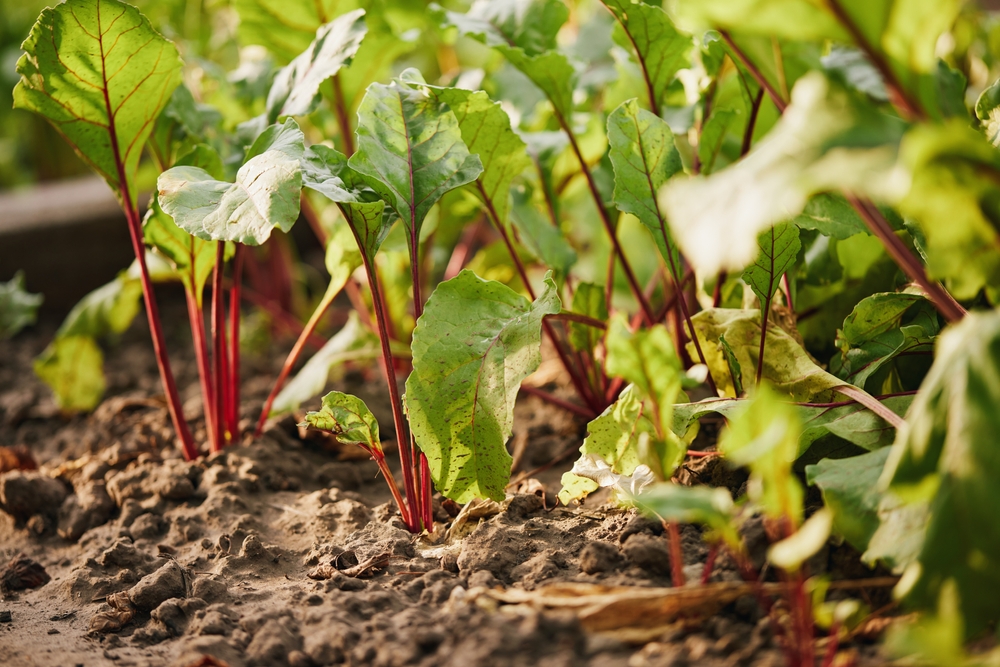
Beets are another root vegetable that can thrive in cooler temperatures and be grown well into November. These hardy vegetables can tolerate light frosts and will continue to grow slowly during cold weather. Beets, like carrots, develop a sweeter flavor after exposure to frost, which makes them even more appealing for late-season harvesting. With their deep, earthy flavor, beets are a versatile vegetable that can be roasted, boiled, or even eaten raw in salads.
Plant beets in loose, well-drained soil to allow their roots to grow properly. They prefer full sun, but they can tolerate some shade, which is helpful during the fall and winter months when daylight hours are shorter. If you live in an area with particularly cold temperatures, using row covers can help protect beets from extreme frost while allowing them to continue growing. Beets are rich in fiber, folate, and antioxidants, making them a great addition to your winter diet.
Turnips
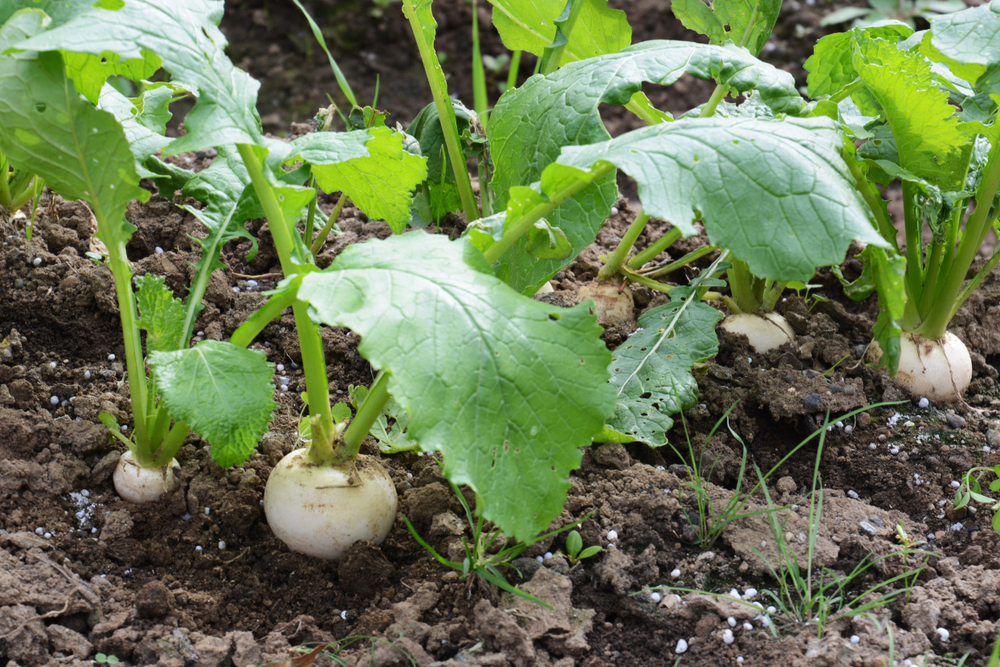
Turnips are another root vegetable that thrives in cool weather and can be planted in November. They grow best in temperatures between 40°F (4°C) and 60°F (15°C), making them ideal for late fall planting. Turnips are known for their sweet, earthy flavor, and they grow quickly, with some varieties ready to harvest in as little as 30 days. As with other root vegetables, turnips become sweeter after exposure to frost.
Plant turnips in loose, well-drained soil to allow their roots to grow freely. While turnips do best in full sunlight, they can tolerate some shade, especially in colder months when the sun is lower in the sky. Using row covers will help protect turnips from harsh frosts, ensuring a successful winter harvest. Turnips are a good source of vitamin C, fiber, and antioxidants, making them a healthy, hearty vegetable for winter meals.
Garlic
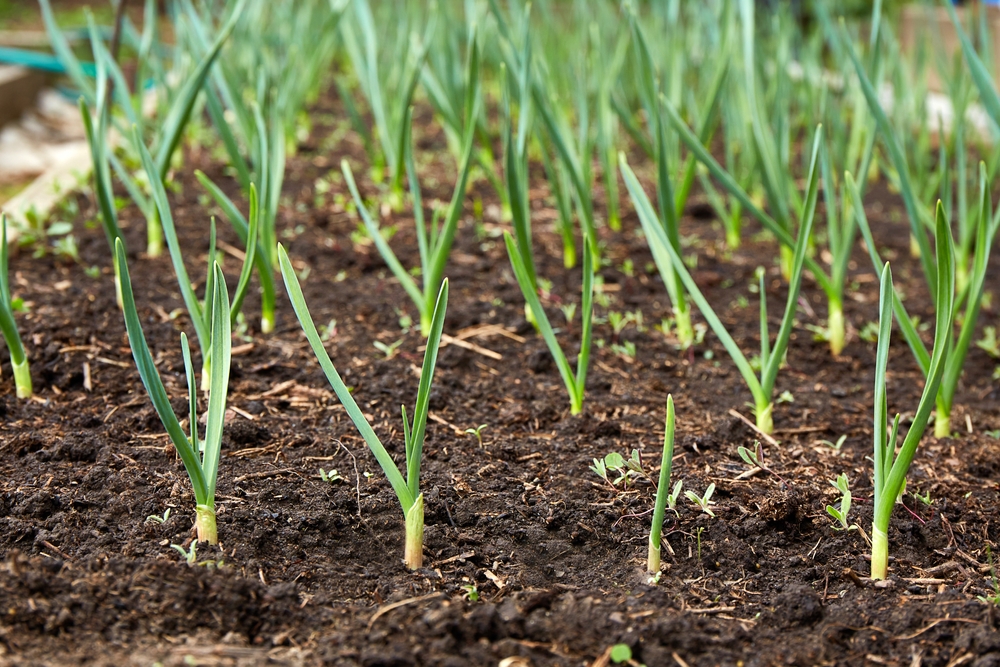
Garlic is a fantastic crop to plant in November, as it needs a cold period to develop strong, flavorful bulbs. Typically planted in the fall, garlic needs a few weeks of cold weather to break its dormancy and develop roots. Once established, garlic can survive through the winter months and be harvested the following summer. The cold weather helps garlic form firm bulbs, which are ideal for storage.
Plant garlic in well-drained, fertile soil with good sun exposure. It should be planted a few inches deep, and you can mulch over the planting site to protect it from extreme cold. Garlic grows slowly during the winter months, but it will be ready for harvest in late spring to early summer. Fresh garlic is a great addition to winter recipes, offering a burst of flavor and a variety of health benefits.
Leeks
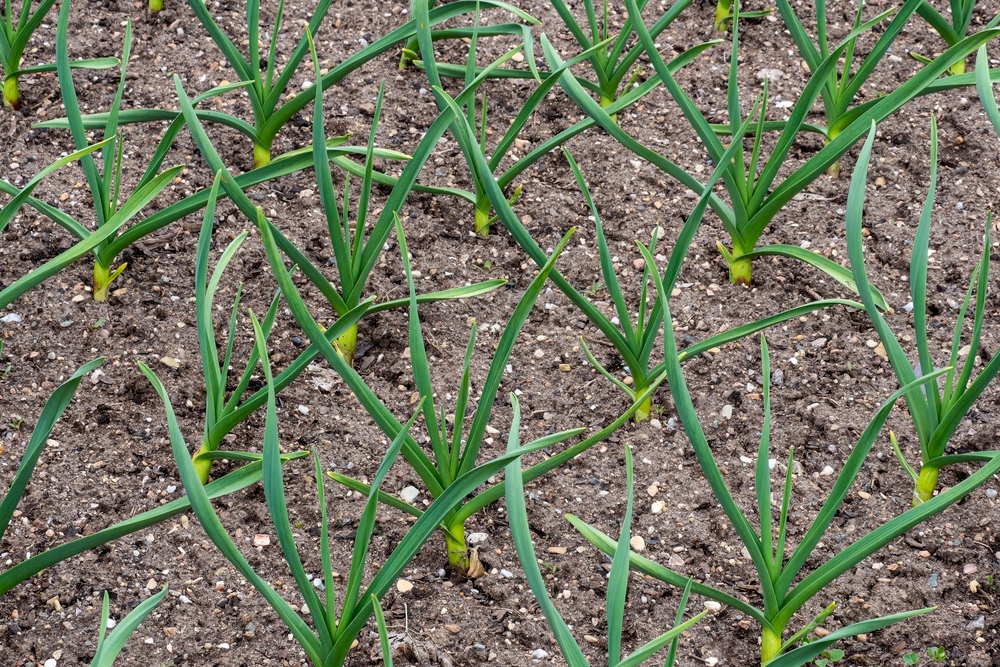
Leeks are a cold-hardy allium that thrives in cool weather. They are slower to mature than other vegetables, making them an ideal choice for late-season planting. Leeks can be harvested throughout the winter, and their mild, onion-like flavor adds depth to soups, stews, and roasts. While leeks can tolerate frost, they benefit from protection during particularly cold spells.
Plant leeks in well-drained, fertile soil with a slightly acidic to neutral pH. They prefer full sun but can tolerate some shade, which is ideal in November when the days are shorter. To protect leeks from freezing, you can use row covers or mulch them heavily. With patience, leeks will continue to grow slowly through the winter, ready for harvesting when the weather warms.
Onions

Onions are another allium that can be grown in cold weather, particularly if you plant them as sets in November. These hardy plants need a cold period to develop, making them perfect for late-season planting. Although they take a while to mature, onions can be harvested in late spring or early summer. They are a great addition to any winter garden, offering flavor for a variety of dishes.
Onions thrive in well-drained soil with plenty of organic matter. Planting them in a sunny spot will help them develop properly, and you can protect them from the cold with row covers or a layer of mulch. Onions are a great source of vitamin C, fiber, and antioxidants, making them a healthy option for your winter meals.
Fava Beans
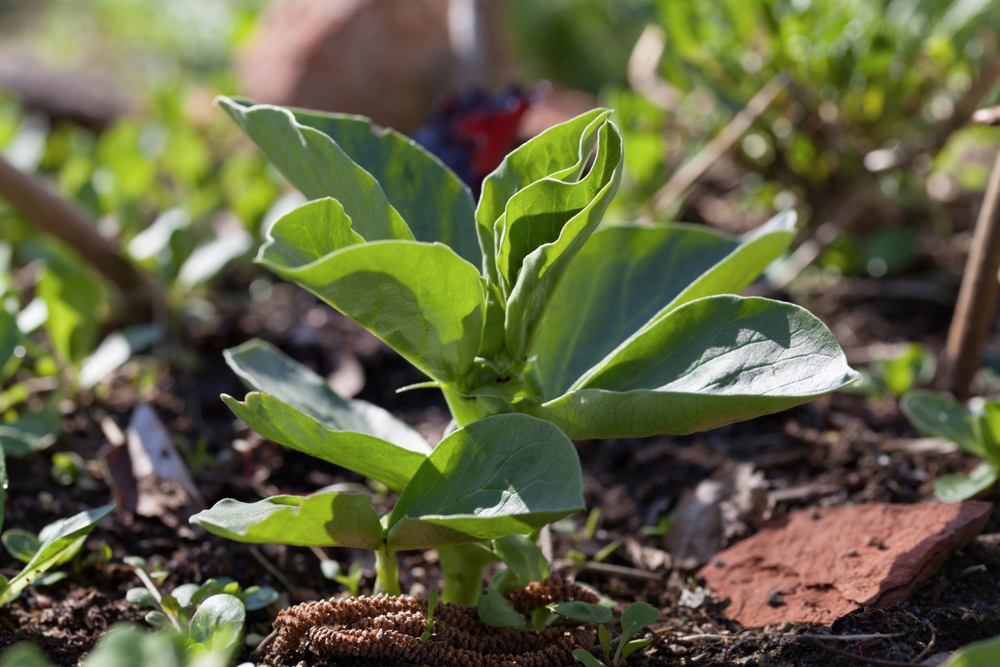
Fava beans are one of the few legumes that can withstand the cold, making them perfect for planting in November. These beans thrive in cool weather and can even tolerate frost. Fava beans are nitrogen-fixing plants, which means they can help improve the soil in your garden while providing a winter crop. They are a great option for gardeners looking to extend the growing season into the cooler months.
Plant fava beans in well-drained soil with plenty of organic material. They grow best in full sun, but can tolerate some light shade. Mulch or row covers can help protect the plants from heavy frost, ensuring they continue to grow throughout the winter. Fava beans are a good source of protein, fiber, and essential vitamins, making them a valuable addition to your winter harvest.
Peas
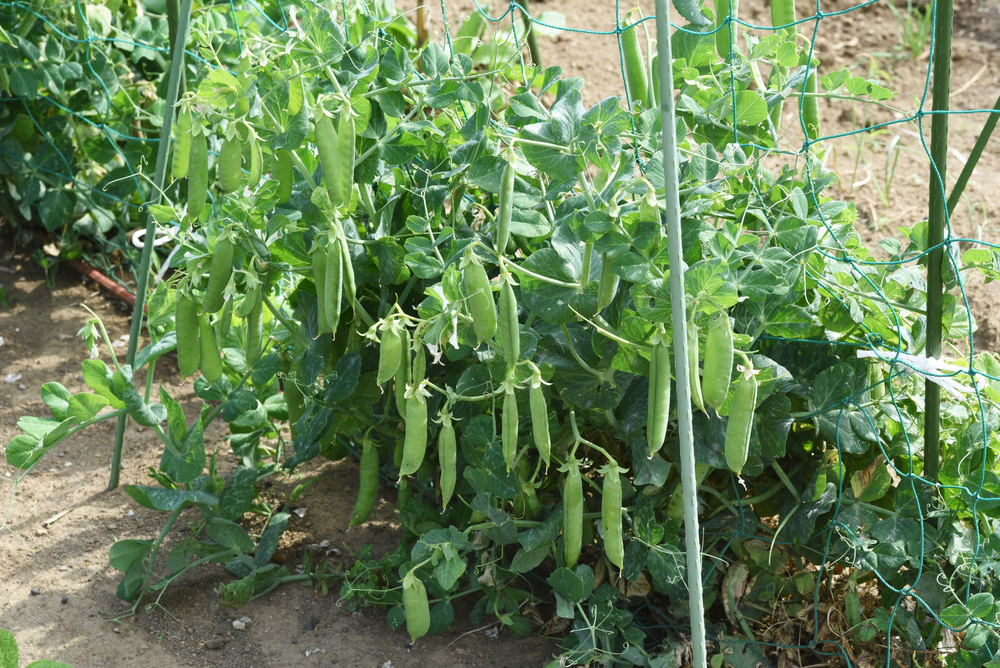
Peas, particularly snow peas and sugar snap peas, are another cold-hardy option that can be grown in November. These varieties tolerate frost and can continue growing slowly during the colder months. Peas are perfect for adding to your winter garden as they thrive in the cooler temperatures of late fall. Like fava beans, peas are also nitrogen-fixing, which helps improve soil quality for other crops.
Plant peas in loose, well-drained soil, and provide them with some support to grow vertically. They prefer full sun, but can tolerate partial shade, which is common in November. Peas grow quickly, so they will be ready to harvest by early spring, offering a fresh, sweet treat in the colder months. Rich in protein, fiber, and vitamins, peas are a great addition to salads, stir-fries, and soups.
This article originally appeared on Avocadu.
